 The Museum of Biblical Art recently announced that it would be closing. MoBA’s mission was to examine Western art through the lens of the Bible and its influence in Christian and Jewish tradition. Many have noted the cultural significance of the museum’s closing, as well as what it may signal for Christianity and the arts in Western culture. In Has the Bible gone from hot to not in the art world? The Guardian laments,
The Museum of Biblical Art recently announced that it would be closing. MoBA’s mission was to examine Western art through the lens of the Bible and its influence in Christian and Jewish tradition. Many have noted the cultural significance of the museum’s closing, as well as what it may signal for Christianity and the arts in Western culture. In Has the Bible gone from hot to not in the art world? The Guardian laments,
The reasons for the closure include a need to move to a new building, which the short-lived institution has discovered it cannot afford. But clearly, there’s something about a museum of biblical art that has failed to attract wealthy donors and the kind of cultural credibility that brings in sponsorship.
It sounds more Bible belt than Manhattan – for surely only fundamentalists and religious conservatives are interested in seeing art through a biblical lens. Right?
That is a terrible misunderstanding, and this museum’s closure a great shame.
This idea that one reason for MoBA’s closing is due to “a terrible misunderstanding” about the role of the arts in culture from a religious perspective is quite fascinating. Are “fundamentalists and religious conservatives” the only ones interested in “seeing art through a biblical lens”? And what sort of “art” do such believers want? Whatever the case, one writer at Catholic Culture.org simply described this as A failure of American faith:
MOBIA, in exploring Western art with a Biblical focus, made it its mission to “argue from a secular perspective that the Bible is a culturally foundational text, which has greatly influenced artists historically and continues to inspire the creation of countless important works of art today.” Yet this apparently was confusing not just to a secularist culture, but to religious believers who have an impoverished vision of both art and faith.
In a depressing illustration of the politicization of faith and culture, a former MOBIA publicist noted: “Just having the word ‘Bible’ in the name says to so many people that we’re a conservative, right-wing group, and that could not be further from the case.”
What the museum’s director, Richard P. Townsend, describes in neutral terms as “brand confusion” may have been its downfall: according to the NYT story, “the museum fell into a fund-raising gap too wide to overcome, between secular art patrons, some of whom felt the museum was too restricted in its biblical focus, and religious givers, who felt the museum was not focused enough on the Bible as a religious text.”
On the surface, one could conclude that MoBA’s closing is evidence of increasing secularization of Western culture. This is, no doubt, a legitimate factor. But at a deeper level, the museum was caught between a rather “confusing” cultural perspective of biblical art in general. On the one side is a “secular culture” that instinctively cringes at anything with reference to the Bible. Yet on the other side are “religious believers who have an impoverished vision of both art and faith.” These are the aforementioned “fundamentalists and religious conservatives” who often define “Christian art” in terms of its explicitly evangelistic nature or inspirational quotient. Either way, MoBA appears to have been a casualty, in part, of “the politicization of faith and culture.”
It is indeed a tragedy if we can’t acknowledge the Bible and its influence as one of the great sources of modern Western art and culture. Yes, there are many other potential factors involved in the museum’s failure. Still, it’s worth asking if the closing of MoBA is concrete evidence that we have “freed” ourselves of the moral and intellectual moorings that framed western civilization? Is the intersection of Western art and the Bible becoming irrelevant to modern man? And, if so, is the correct response to cultural secularization to strip all religious terminology and imagery from our vocabulary (or, in the case of MoBA, remove the word “Bible” from your name for fear of misinterpretation)?
In another sense, the museum’s closure forces us to ask whether the mainstream evangelical perspective of art has created an impassable breach. The debate among evangelical writers about what makes a story “Christian” is an extension of our narrowing view of art. Which is why “Christian art” is now more defined by Thomas Kincaid and Precious Moments than Michelangelo or Bosch. It’s kitsch over classics. No doubt this “impoverished vision of both art and faith” plays a part in the secular tide.
Ruth Graham put it well in her column:
It’s a shame that in order to survive, a museum like MOBIA apparently has to become either overtly “faith-based,” or not frighten anyone by even including the word “Biblical” in its title.
Either way, the closing of the Museum of Biblical Art is a sobering loss that should be of concern to all Christian artists.


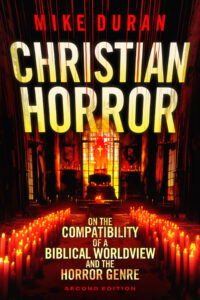
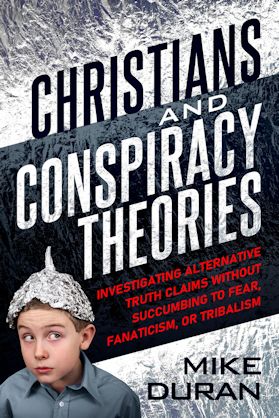
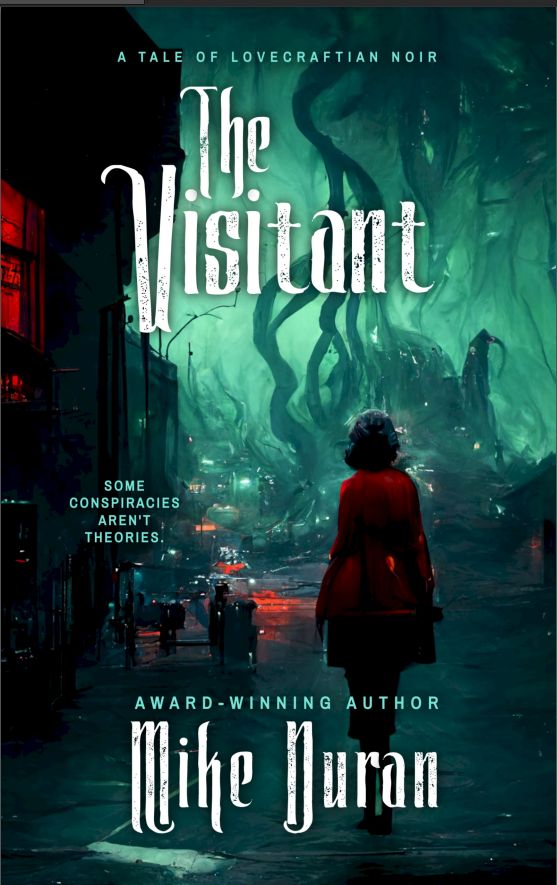

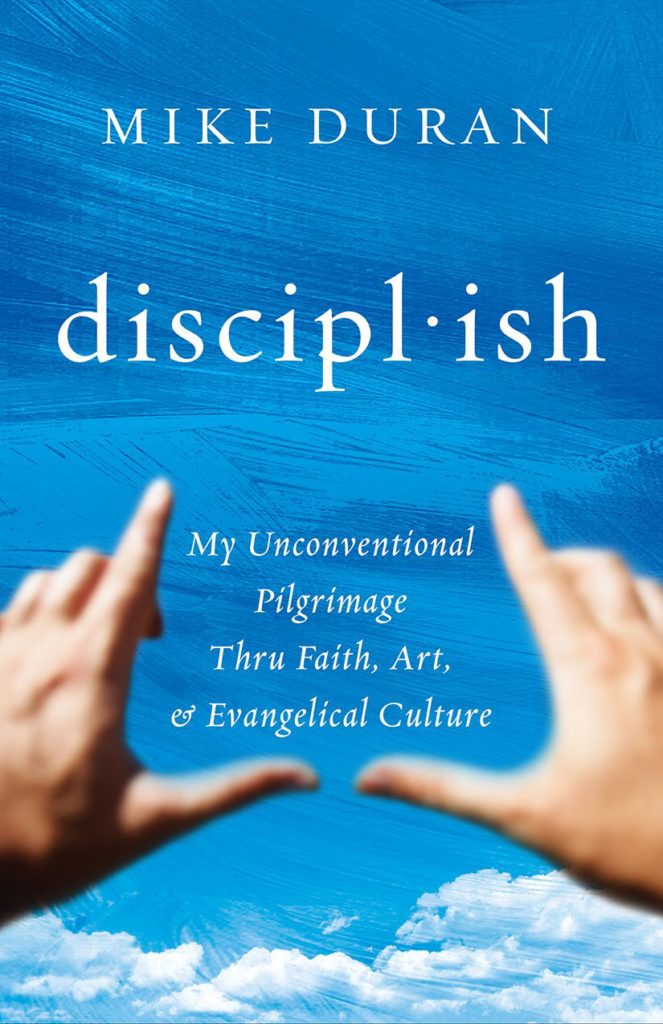
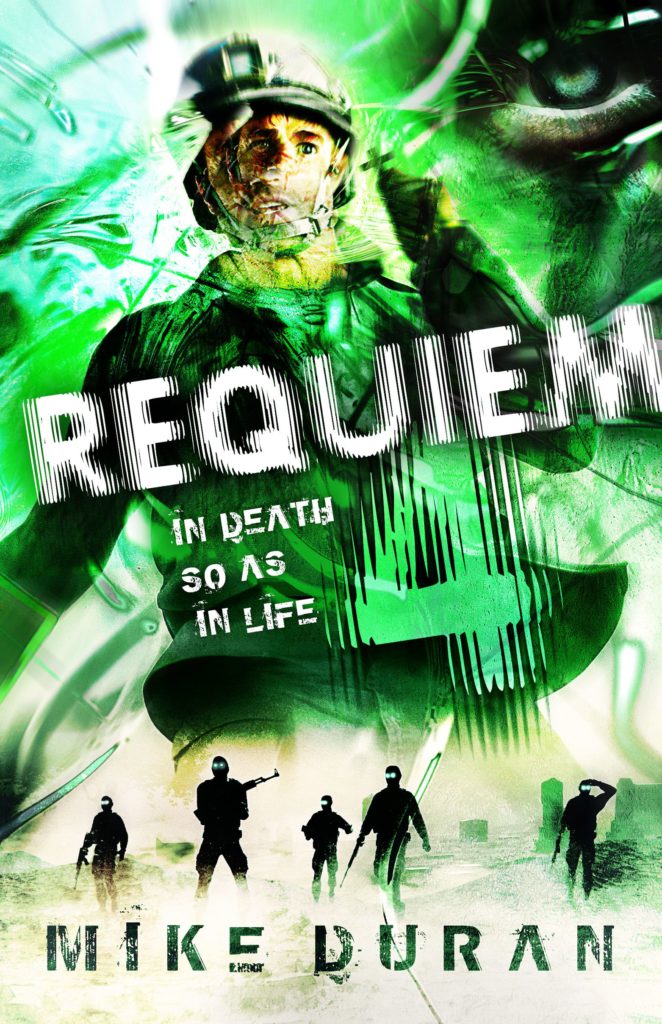
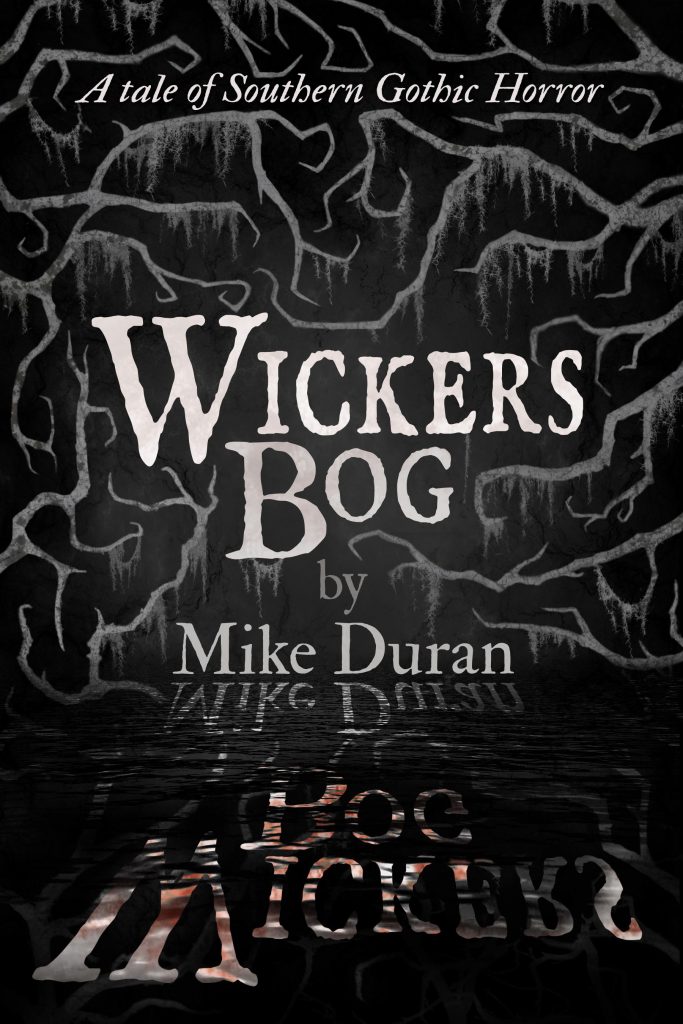



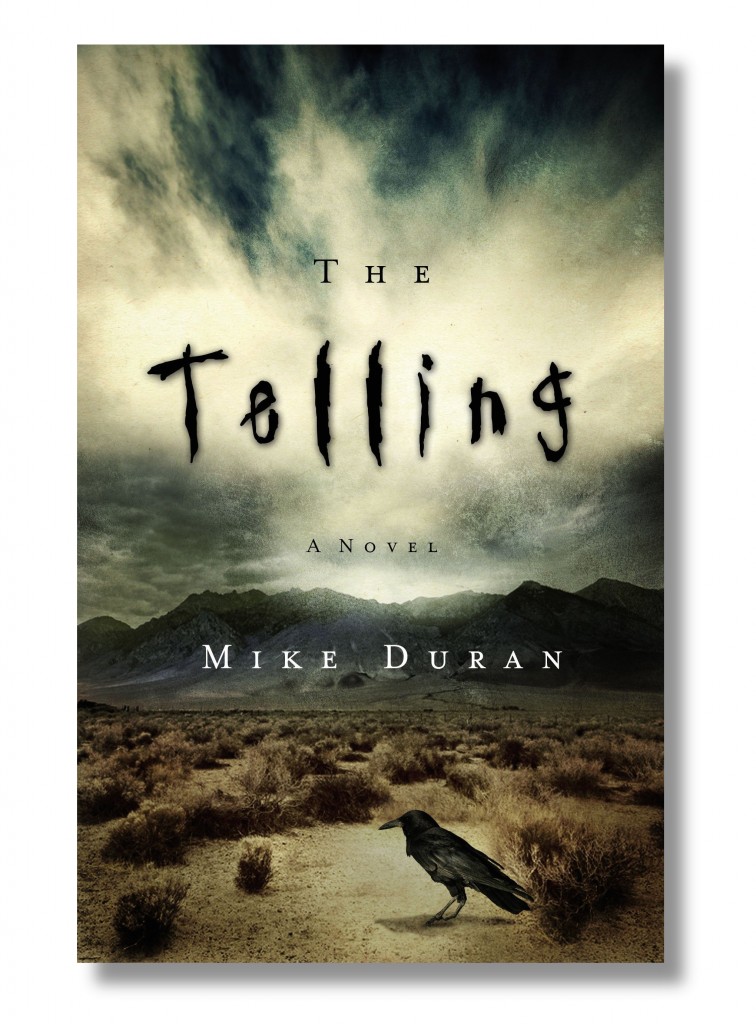

Mostly the world beyond fundamentalism simply doesn’t care or is actively hostile to the idea of a Christian or Biblical artistic culture. I don’t think evangelicalism can be to blame; I think we’re seeing a return of Christianity’s natural state; a belief on the margins that is often derided or even persecuted when expressed openly.
You can’t blame fundamentalists when they are the only ones who seem to visibly care about the subject. The real blame is for all the Christians trying to be “house Christians” or who attach Christianity as a particular form of criticism of the secular world rather than a vital art force in itself.